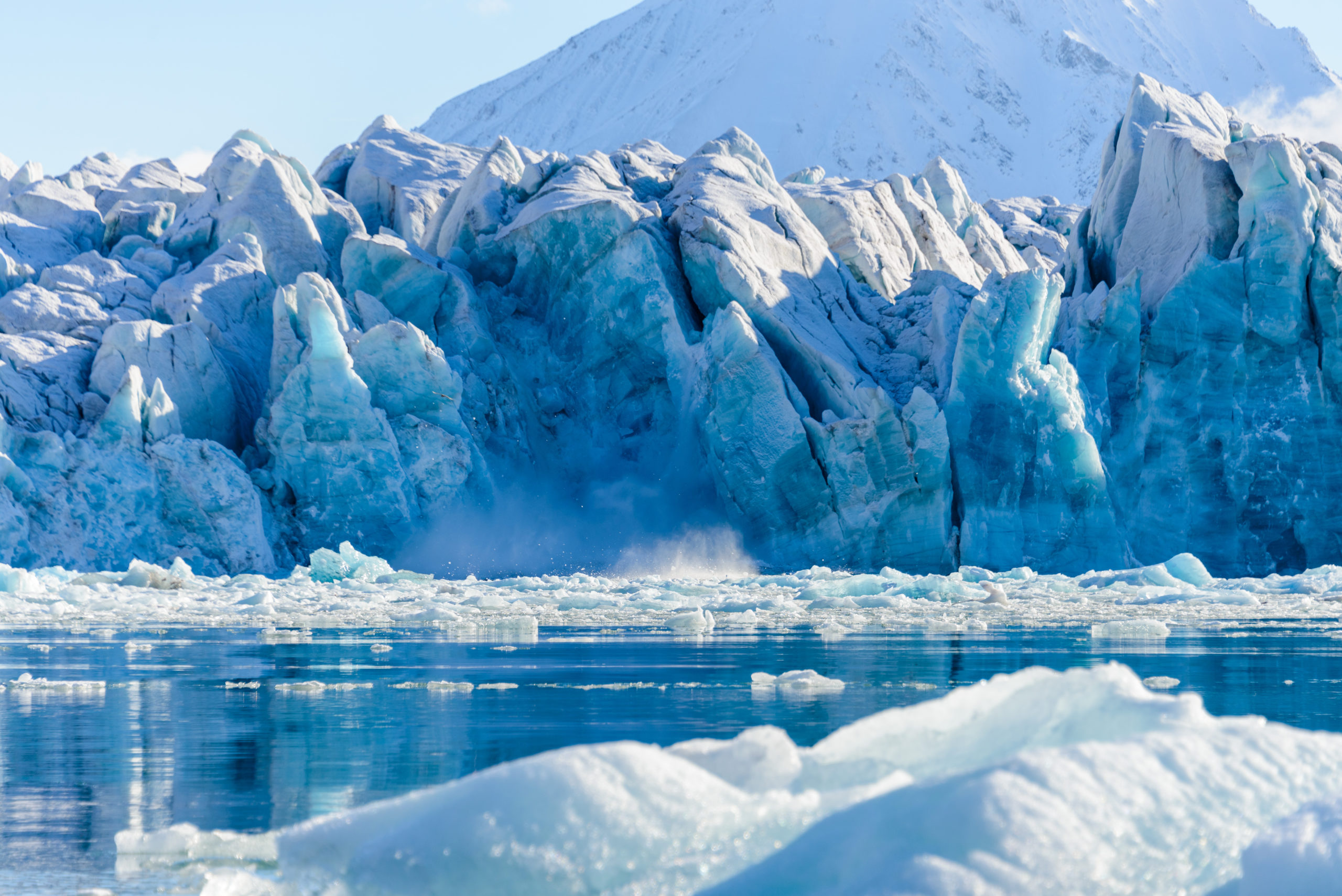Antarctica’s Amazing Insect
Antarctica’s Amazing Insect
Antarctica Has Bugs?!
Well, not exactly… Antarctica is known to be home to only one kind of bug. On average, the annual temperature in this relatively barren continent ranges from −10°C to −60°C (14°F to -74°F) and, in more extreme weather conditions, it can even get down to -80°C (-112°F). In addition to its seriously low temperatures, Antarctica is also the continent with the most aggressive winds on Earth, it has the ability to produce up to 3 feet of snow in some areas within a single season, and blizzards sometimes last for days at a time. These extreme conditions make it extremely difficult for most life forms to exist there.
Insects are ectothermic creatures, which means they are unable to regulate their own bodily temperatures. Due to this, these creepy crawlies are particularly susceptible to the cold, and even simple winters can often be a fatal time of year for many types of insects, let alone the utterly extreme conditions of Antarctica. However, despite all of this, one insect has managed to thrive in these perilous, unyielding conditions: the Antarctic Midge.

The Antarctic Midge
Midges are part of the order Diptera, which is the umbrella encompassing a massive variety of fly species, making them true flies. Within this order, they are part of a particular family called Chironomidae consisting of over 5,000 different species, one of which is the Antarctica Midge.
These tiny insects measure less than a centimeter in length, are flightless, and have three sets of legs. They are dark colored, ranging from black to deep brown hues, and the females of the species are larger than their male counterparts. Incredibly, these little midges survive being frozen solid for 9 months out of the year, can operate in temperatures as low as -15°C (5°F), can withstand the loss of up to 70% of the fluids in their bodies, and can even last for an entire month without oxygen.
But how do they manage this?

How Do They Survive?
A new study behind the incredible survival abilities of the Antarctic Midges was led by entomologist Nicholas Teets of the University of Kentucky and published in the Journal of Experimental Biology. “I’ve always been interested in life at the extremes …and here’s an insect that is one of the most, if not the most, stress tolerant of its time,” Teets explained in an interview regarding the project.
Ultimately, the study revealed that the key to a lot of the Antarctic midges’ survival lies in a physiological process called ‘rapid cold hardening’ which allows animals to endure freezing temperatures. This, along with the fact that their underground habitats maintain warmer temperatures just below 0°C for them, allows . “These results provide strong evidence that RCH (rapid cold hardening) protects against a variety of sublethal freezing injuries [and] allows insects to rapidly finetune their performance in thermally variable environments,” explained Teets regarding their findings.

What Could We Learn From This?
Some scientists suggest that by better understanding RCH and the overall survival methods of species native to Antarctica could be instrumental in both developing more efficient methods of preserving organs for transplant and in fighting diseases.

Citations
Antarctic Weather (2019) Australian Government Antarctic Program. Department of Agriculture, Water and the Environment: Australian Antarctic Division. Available at: https://www.antarctica.gov.au/about-antarctica/weather-and-climate/weather/ (Accessed: January 10, 2022).
Blevins, M. and Hiskey, D. (2019) Where Do Insects Go in the Winter?, YouTube. Today I Found Out. Available at: https://www.youtube.com/watch?v=KHc19HHERAo (Accessed: June 2020).
Midge (no date) Amateur Entomologists’ Society (AES). Available at: https://www.amentsoc.org/insects/glossary/terms/midge/ (Accessed: November 1, 2021).
Midges (no date) Missouri Department of Conservation. Available at: https://mdc.mo.gov/discover-nature/field-guide/midges (Accessed: November 1, 2021).
Solly, M. (2019) How Antarctica’s only native insect survives the freezing temperatures, Smithsonian Magazine. The Smithsonian Institution. Available at: https://www.smithsonianmag.com/smart-news/how-antarcticas-only-insect-resident-survives-freezing-temperatures-180973087/ (Accessed: January 10, 2022).
Request a Free Quote Today
(We do not share your data with anybody, and only use it for its intended purpose)


